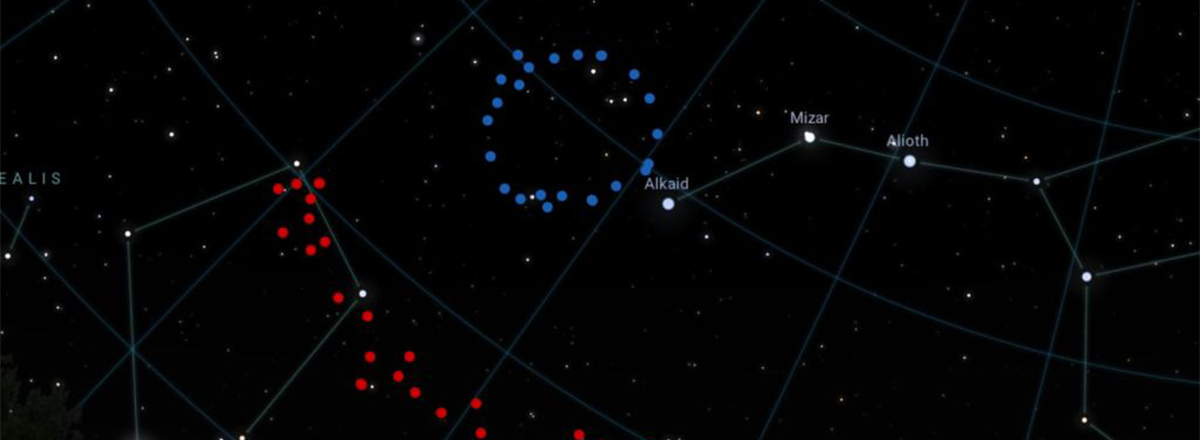A Giant Structure Found in Distant Space Challenges Cosmology
These colossal cosmic structures emphasize how much remains unknown about the universe and its intricate workings, highlighting the need for further exploration and discovery.

A colossal and perplexing discovery in the depths of space has astronomers reevaluating our understanding of the universe. In a remote corner of the cosmos, scientists have stumbled upon an enormous, nearly perfect ring of galaxies spanning approximately 1.3 billion light-years in diameter—a structure that defies all known models of formation.
Dubbed the Big Ring, this colossal find has left experts scratching their heads and raises questions about the very fundamentals of our understanding of the cosmos. Astronomer Alexia Lopez from the University of Central Lancashire presented this groundbreaking discovery at the 243rd meeting of the American Astronomical Society.
This isn't Lopez's first brush with the extraordinary. She previously unveiled the Giant Arc in 2021, another massive and enigmatic structure in the same cosmic neighborhood as the Big Ring. Together, these findings challenge our comprehension of the universe's development.
The perplexity arises because neither of these colossal structures aligns with established theories of cosmology. Current theoretical models suggest that structures of this magnitude should not exist, as they exceed the expected size limit of approximately 1.2 billion light-years.
These monumental discoveries not only challenge our current cosmological understanding but also the Cosmological Principle, which asserts that the universe should appear relatively uniform on a large scale. Such colossal structures challenge this principle, suggesting that our understanding of an "average" region of space may need to be reevaluated.

